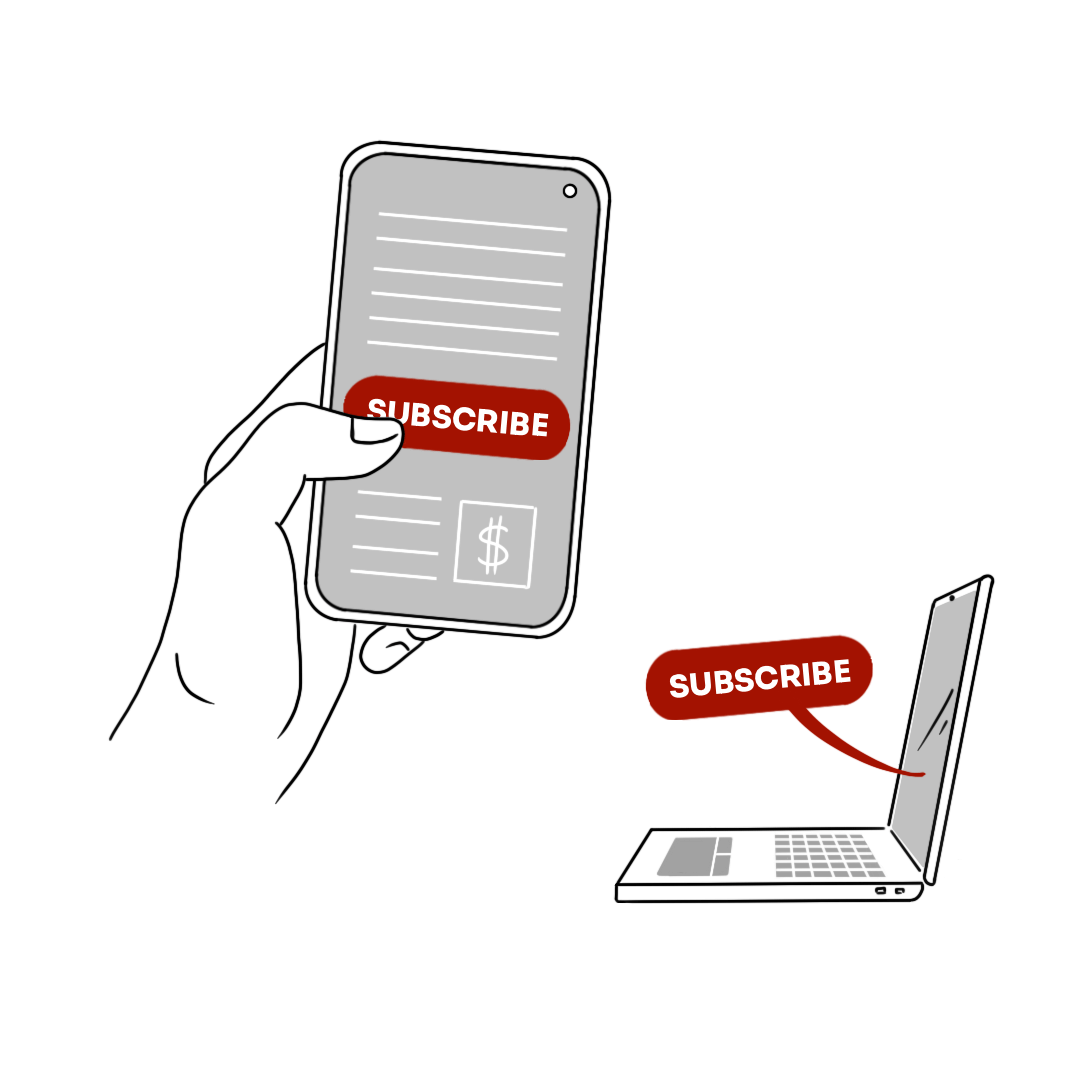Everyone knows about the third-party cookies Armageddon that Google plans to launch. They first announced the world’s end for this year, then moved it to the end of 2023. Almost like in TV production—everyone expects the final in the first series, but producers discover that viewership is promising, so they decide to shoot another one. I might be malicious, but to be honest, according to my favourite conspiracy theory, they want to secure more time to observe what workaround brands will invent to complicate their lives even harder on the very end. We will see.
In the shadow of cookies judgment day prepared by Google, we can observe the silent revolution cooked by Apple.
Apple, the biggest tech giant, a company that reinvented our lives with the products like the smartphone (sorry guys!, for brand purists, always iPhone,). It is a pretty different company now, after ten years of the „new” CEO. Mainly because the revenue from selling the service outgrew the revenue from selling the products like Macs and iPads, becoming the second-largest position in their revenue breakdown, and moving this company in a new competitive field. At the same time, they established their monopoly position, and use it more and more often, which is being raised in the media from time to time.
You can still hear the echoes of the Epic vs Apple case, which raised the rage of teenagers, including my son, against Apple (you can read more about it in the link below):
This time though, they are introducing a change so great for the customers and so awful for the marketeers that it is actually hard to come to terms with how I feel about it. As usually, in a case like this, public opinion will be split in half—brand lovers will love it, haters gonna hate hate… So I will shake it off and stay in the middle and try to analyse the impact of the new inventions, which probably will find followers soon.
On the 20th of September, with the new IOS 15 and iPad 15 (mobile devices for now only), Apple introduces two new products that will change the way we work with email marketing for one and good (or bad):
1. Hide my Email Address
Keep your personal email address private by creating a unique, random address that forwards to your personal inbox and can be deleted at any time (copied from the iPhone screen)
2. Mail Privacy Protection
Mail privacy protection works by hiding your IP address and loading remote content privately in the background, even when you don’t open the message. This makes it harder to follow your Mail activity (copied from the iPhone screen).
Hide my Email Address
The first one is available only for iCloud+ users and enables them to generate a random email address that can be used as a login to a subscription to paid service or email newsletter. Messages from this random email are forwarded to the iCloud inbox. They work as standard email addresses, so they can be used as a login to your website or service, sign to your newsletter, or even use personal correspondence, if you don’t want to share your real email address with somebody. You can generate a number of these addresses, use them when needed, and set up the information flow between them.
What does it mean for consumers?
As we got used to, Apple products are focused on solving customer problems. This case allows the user to control all subscriptions from a single place, your own device. From the distributed model, where to manage your subscription, you have to log in to the various apps or websites, to the centralized model, where you can simply activate or deactivate the email with a single click. It protects you against unwanted communication and gives you stronger control over your privacy.
What does it mean for marketers?
You can expect more and more hard bounces since more subscribers will simply deactivate the „temporary” addresses instead of signing off from your service. It will always increase the number of „dead addresses” and reduce the Opening Rates. Like today, some customers sometimes use their second email addresses, created only for the single signups or things they perceive as spam. With this difference, the new function will demand more effort from the marketers’ side.
It will be interesting to observe the market’s reaction to this product. A random email generated through this service has an unusual string in address with iCloud in the domain visible in your system. At some point, email vendors can blacklist or even block these email addresses.
Mail Privacy Protection
The second change will have a massive impact on the ways of working for everyone who sends emails for a living. It impacts more than half of the opened emails globally (which stands for Apple Mail client market share by Litmus: https://www.litmus.com/email-client-market-share/).
As an Apple Mail user, you can enable the function, making it impossible to track if you’ve opened the email or not. Basically, all emails sent to this app will be visible as „open” immediately after sending.
What does it mean for marketers?
This time let me start with the marketers first. The opening rate for many of us is the key engagement metric. Based on this parameter (email opened or not), we can say who from our recipient list is interested in the content and who is not. It gives us an indication of how to improve the communication, how to build the communication scenarios. In addition, the opening Rate also allows A/B testing for the subject, which in total, will make the personalization super hard to achieve. High time to focus on deeper engagement metrics and find the new metrics to measure our performance. It will trigger marketers to look for alternative channels, like text messages, which still stand strong, or develop their own direct channels like a mobile app.
What does it mean for consumers?
In short and middle horizons, it will mean the poor quality of the received content. As marketers will be shooting blind, the likelihood of striking home with curated content is decreasing. So at some point, it will mean less engaging content and more unwanted messages. As a result, it may trigger users to enable the first, Hide My Email option, and steer back consumers from the email as a channel.
Time for subjective comment.
As everyone is focused on the cookieless word, it is easy to underestimate this change. But it is enough to remind that email addresses play a key role in the existing 3rd party cookies functionality and are the first candidate to build the new tracking and user-recognition alternatives. Big platforms try to build even higher fences to protect their walled gardens and secure the status quo in the platform era of the Internet. I have no doubt that Apple intentions are motivated by user privacy protection against all other players on the market. The question that is left open is who will protect the privacy of Apple customers against Apple?







